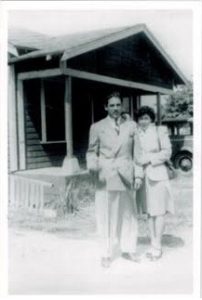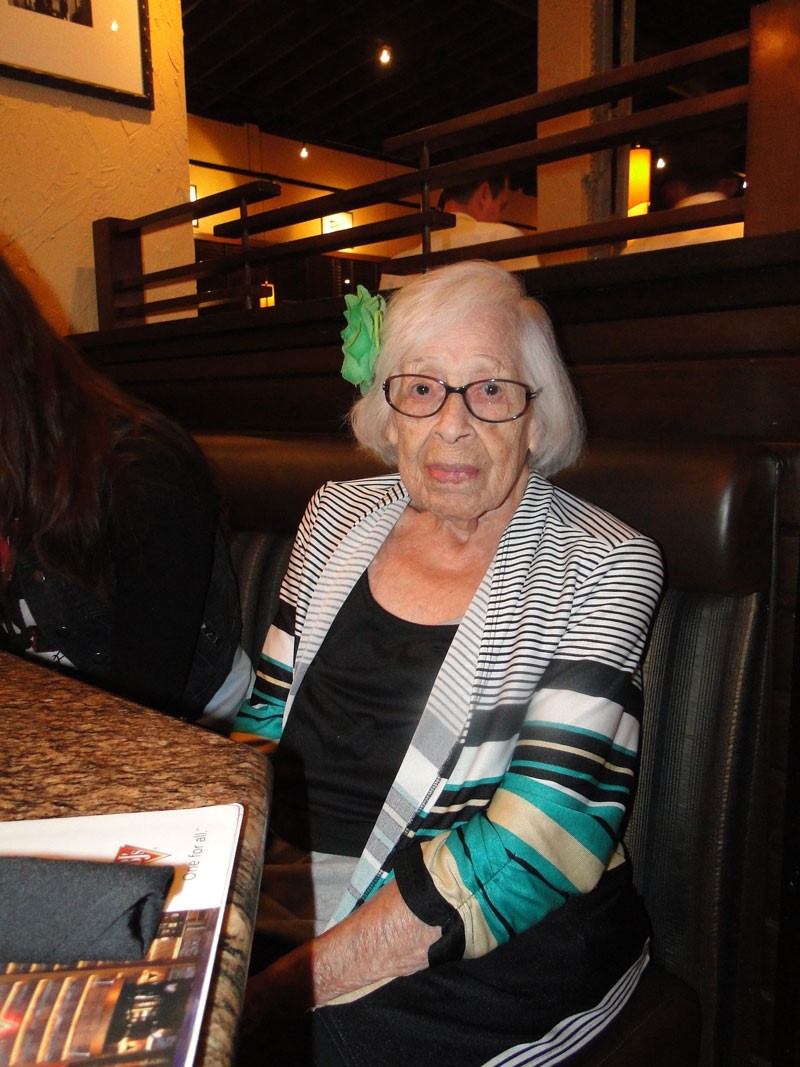William and Virginia Guzman
 The Untold Stories of the Mendez v. Westminster Case: A Focus on the Guzman Family
The Untold Stories of the Mendez v. Westminster Case: A Focus on the Guzman Family
The landmark case Mendez v. Westminster (1947) is often remembered through the lens of the Mendez family, whose legal battle led to the desegregation of Mexican children in California schools. Equally significant are the contributions of the other named plaintiffs—the Guzman, Ramírez, Palomino, and Estrada families. Beverly Guzman Gallegos's testimony provides a crucial perspective on this historic case, highlighting the pervasive discrimination at the time, the heroism of the Guzman family, and the collective efforts of the Mexican American community.
School Discrimination
Segregation in California schools was a widespread issue, with Mexican children often relegated to separate and inferior schools. School districts justified this segregation by claiming pedagogical reasons, such as language deficiencies, although no language tests were administered. Instead, children with Mexican surnames were automatically placed in separate schools, a practice that led to significant disparities in educational resources and opportunities.
Prior to the Mendez case, Mexican parents had actively resisted this segregation, such as in the successful 1931 lawsuit by Roberto Alvarez against the Lemon Grove school district. However, these efforts were limited in scope compared to the federal challenge posed by Mendez v. Westminster.
The Guzman Family's Role in the Mendez Case
Virginia Guzman, a native of Santa Ana, attended Fremont Elementary, a school designated solely for Mexican students, during a time when educational authorities in Orange County subjected children from diverse backgrounds to inadequate learning conditions. As a child, she vividly recalled her principal disciplining students with a rubber hose for speaking Spanish. These memories remained fresh in Virginia's mind when her son, Billy, was slated to attend Fremont in the mid-1940s.
Determined to secure a better education for her child, she approached school officials about transferring him to a superior, predominantly white school. However, her request was met with refusal. Undeterred, Virginia and her husband William rallied other parents in an attempt to persuade the Santa Ana School Board to dismantle the segregated school system.
When these efforts proved fruitless, the Guzmans pursued legal action, filing their lawsuit against school segregation—an original move preceding similar actions by others. Despite their resolve, the lawsuit did not yield the desired outcome. Consequently, Virginia Guzman pulled her son from public schools, enrolling him in a Catholic institution instead.
Community Organization and Legal Battle
The Guzman family's involvement went beyond their personal grievances. William Guzman, alongside other community leaders like Manuel Veiga and Frank Palomino, actively organized within the local Mexican American community. They connected with parents in Westminster, El Modena, and Garden Grove and filed a lawsuit against the Westminster School District. They held fundraisers, such as dances and food sales to cover the lawsuit's legal fees and filing costs. This collective effort was crucial in establishing a pattern of systemic discrimination, a key strategy advised by attorney David Marcus.
Testimony and Aftermath
During the trial, both William and Virginia Guzman testified about the discrimination their son faced. Despite attempts by the defense to discredit Billy's academic abilities, the Guzmans' testimonies highlighted the arbitrary and unjust nature of segregation. The court ultimately ruled in favor of the plaintiffs, leading to the desegregation of schools in Orange County. Although Billy continued his education at a private Catholic school, the case had a lasting impact on the community and the fight for civil rights.
Conclusion
Virginia Guzman relocated to Riverside after her husband passed away in 1978, where she spent the remainder of her life. Even in her later years, she remained an active advocate. "Mom was incredibly independent, compassionate, and outgoing," shared her daughter, Beverly Gallegos-Guzman, with the City of Santa Ana Traffic Engineering Division. "Her unwavering desire was to assist those in need." Upon settling in Riverside, Mrs. Guzman became engaged with the Riverside County Office on Aging. She selflessly used her own funds for gasoline to provide transportation for seniors, ensuring they could run errands and attend medical appointments.
The Mendez v. Westminster case was a landmark victory in the fight against educational segregation, but its full story remains incomplete without acknowledging the contributions of all the named plaintiffs. The Guzmans' commitment to the cause demonstrated a strong sense of justice and community solidarity. It is a clear example of members of the Mexican American community taking the lead in fighting for their rights and emerging victorious.
Reference Works
Ramirez, Mike and Henry Ramirez. “Mendez et al v. Westminster et al website.” Mendez et al v. Westminster. 2012-2022. https://mendezetalvwestminster.com/guzman-family-page/
Arellano, Gustavo. "Virginia Guzman, Last Surviving Matriarch of Mendez, et al V. Westminster Case, Passes Away." OC Weekly. June 21, 2017. https://www.ocweekly.com/virgina-guzman-last-surviving-matriarch-of-mendez-et-al-v-westminster-case-passes-away-8199167/
